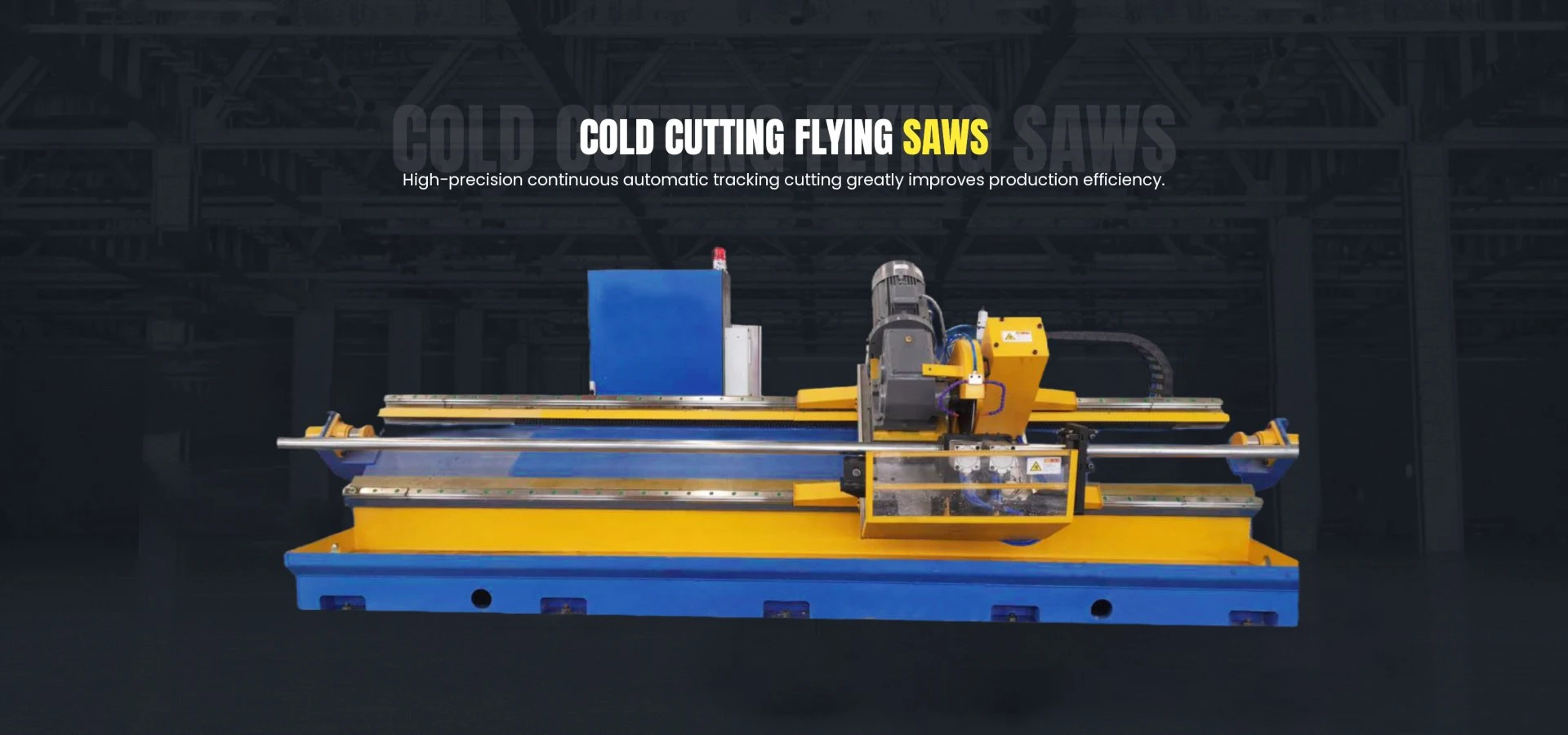low speed metal cutting saw
Low Speed Metal Cutting Saws An Overview
Low speed metal cutting saws represent an essential technology in the manufacturing and metalworking industries. These specialized machines are designed to cut through various types of metals with precision and efficiency, all while minimizing heat generation and maximizing tool lifespan. The significance of low speed metal cutting saws lies not only in their cutting capabilities but also in their role in enhancing operational productivity and safety. This article delves into the various aspects of low speed metal cutting saws, including their mechanisms, advantages, applications, and maintenance.
Mechanism of Low Speed Metal Cutting Saws
Low speed metal cutting saws operate at a much lower RPM (revolutions per minute) compared to their high-speed counterparts. Typically, the RPM range for these saws is between 50 to 300 RPM. This lower speed is crucial, as it helps reduce the heat produced during the cutting process. The saw blades are usually made of high-speed steels, carbide-tipped materials, or bi-metal designs, which are capable of withstanding the stresses involved in cutting metals.
The cutting process starts with the saw blade coming into contact with the material, applying a steady force. The lower speed ensures that the cutting edge of the blade maintains its integrity without dulling quickly, allowing for cleaner cuts with reduced burr formation. Additionally, many low speed saws are equipped with coolants that are applied during operation. This not only keeps the blade cool but also aids in chip removal, promoting a longer lifespan for the tool.
Advantages of Low Speed Metal Cutting Saws
The benefits of using low speed metal cutting saws extend beyond just basic functionality. One of the main advantages is the quality of the cut. The slower cutting speed produces less heat, which diminishes thermal distortion in the material being cut. This results in a superior finish and reduces the need for secondary machining processes. Furthermore, the lower speeds help to maintain tighter tolerances, making these saws ideal for precision components.
Another key advantage is enhanced tool life. High-speed cutting can lead to rapid wear and tear on blades, necessitating frequent replacements. In contrast, the low-speed cutting process results in less wear, translating to decreased operational costs for manufacturers.
Low speed metal cutting saws also demonstrate versatility. They can handle a variety of materials ranging from aluminum to stainless steel, as well as different profiles, including solid bars, tubes, and even complex shapes. This adaptability makes them a valuable asset in diverse manufacturing sectors including automotive, aerospace, and construction industries.
low speed metal cutting saw

Applications of Low Speed Metal Cutting Saws
Low speed metal cutting saws are widely utilized in several applications. In the automotive industry, they are used to cut metal parts with stringent tolerances, ensuring that components fit perfectly in assembly lines. In aerospace, precision cutting of lightweight materials is crucial, and the ability to minimize warping and distortions is indispensable.
The construction sector also benefits from low speed cutting saws, particularly for tasks involving structural steel. These saws can efficiently cut large beams, plates, and channels, enabling contractors to achieve precise dimensions required for various projects.
Maintenance and Best Practices
To maximize performance and longevity, regular maintenance of low speed metal cutting saws is essential. This includes routine checks of the saw blade for wear, ensuring that it remains sharp and free from damage. It’s also important to maintain the coolant systems to prevent overheating and to keep chips and debris from obstructing cuts.
Operators should also be educated on the best practices for using low speed saws. Understanding the optimal settings for different materials can significantly impact the quality of cuts and the overall lifespan of the tool. Safety measures should be enforced, including the use of protective gear and adherence to operational protocols to minimize risks during cutting operations.
Conclusion
Low speed metal cutting saws are invaluable tools in various manufacturing processes, offering precision, reduced heat build-up, and improved tool longevity. Their ability to handle different materials with minimal distortion positions them as a crucial component in modern metalworking. By employing these saws efficiently and ensuring proper maintenance, manufacturers can enhance productivity while delivering high-quality products. As industries continue to evolve, the role of low speed metal cutting saws will undoubtedly remain significant.
-
High Frequency Straight Seam Welded Pipe Production Line-BzZhou Xinghua Machinery Equipment Manufacturing Co., LTD.|Precision Welding, High EfficiencyNewsJul.30,2025
-
High Frequency Straight Seam Welded Pipe Production Line|BzZhou Xinghua|Precision Welding&EfficiencyNewsJul.30,2025
-
High Frequency Straight Seam Welded Pipe Production Line - BzZhou Xinghua|Precision Engineering&EfficiencyNewsJul.30,2025
-
High-Frequency Straight Seam Welded Pipe Production Line-BzZhou Xinghua Machinery Equipment Manufacturing Co., LTD.NewsJul.30,2025
-
High-Frequency Straight Seam Welded Pipe Production Line-BzZhou Xinghua Machinery Equipment Manufacturing Co., LTD.|Precision Manufacturing, High EfficiencyNewsJul.30,2025
-
High Frequency Straight Seam Welded Pipe Production Line-BzZhou Xinghua Machinery Equipment Manufacturing Co., LTD.|Precision Steel Pipe Manufacturing&Industrial EfficiencyNewsJul.29,2025


